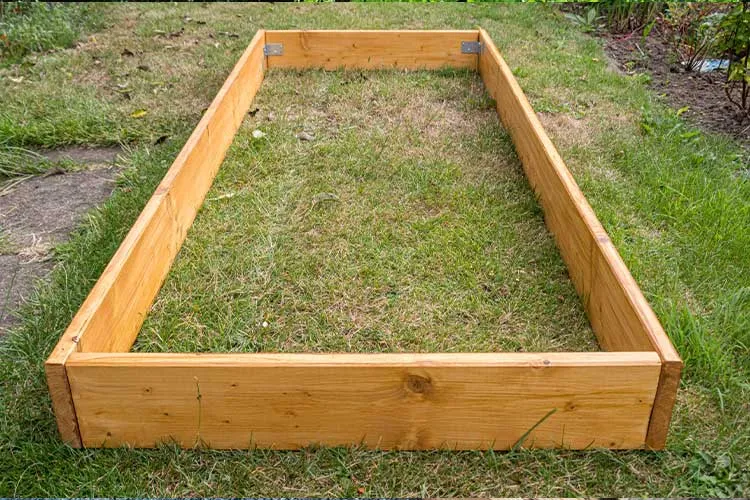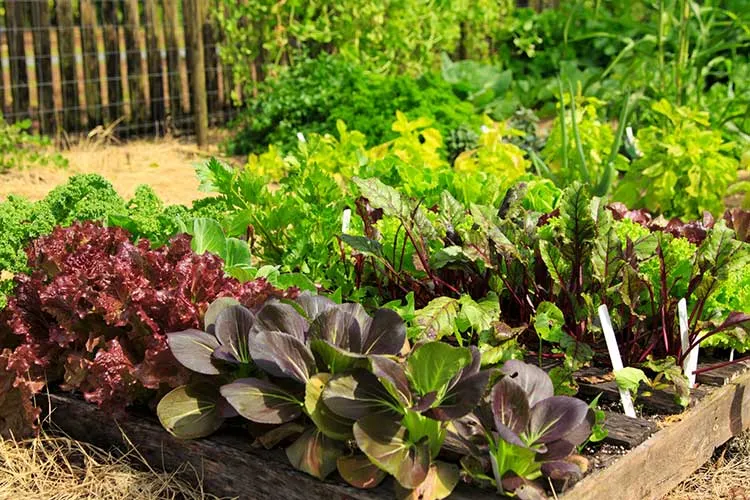Aphids keep coming back no matter how many times you spray, squash, or prune? You’re not imagining it—aphids can double their population in just a few days. One female can produce up to 80 offspring per week without mating, and they often hide in places you don’t see. If you’ve dealt with repeat infestations, the problem usually isn’t the treatment—it’s what’s being missed.
From hidden eggs and overfeeding to missed hotspots and magnet plants, aphids thrive when just one piece of the puzzle is overlooked. This guide breaks down the real reasons your efforts aren’t working and what to do differently. If you’re tired of temporary fixes, it’s time to find out exactly why aphids keep coming back—and how to stop them.
1. You’re Not Eliminating the Whole Colony
It’s frustrating—you’ve sprayed, squished, and cleared aphids off your plants, only to see them reappear days later. The reason might be that you didn’t catch all of them the first time. Aphids reproduce fast, especially in warm weather. One adult can give birth to dozens of live young without mating, and eggs may already be tucked away on leaves and stems before you notice a problem. If even a few nymphs survive, they’ll rebuild the colony in no time.
Aphids love to hide under leaves, along tender new stems, or in curled foliage where it’s harder to spot them. A glance won’t cut it. Try using a magnifying glass to scan for small clusters or eggs. During an outbreak, daily checks make a huge difference. And don’t count on one spray to do the job—aphid control takes persistence and a few repeat treatments to wipe them out truly.
2. Nearby Plants Are Acting as Aphid Magnets
Some plants practically roll out the welcome mat for aphids. If you’ve got nasturtiums, roses, milkweed, or sunflowers nearby, they could draw aphids into your garden like a buffet. These plants have soft, juicy growth and attract aphid species that hop over to your vegetables, herbs, or ornamentals. Aphids may return from these nearby sources even if you treat the affected areas.
You don’t have to dig up your favorite flowers or companion plants, but you need a plan. Keep a close eye on known “aphid attractors” and inspect them as often as your other plants. You might even use them as trap plants—letting them draw in aphids so you can blast those spots with soap spray or hose them off. Keeping those hotspots in check helps prevent the rest of your garden from becoming reinfested.
3. Lack of Natural Predators in Your Garden
If your garden is missing ladybugs, lacewings, or parasitic wasps, aphids have nothing holding them back. These natural enemies do a great job keeping aphid numbers down—if they’re around. But spraying broad-spectrum insecticides, even just once, can wipe out beneficial insects and pests. Without predators to keep things balanced, aphids repopulate quickly and return stronger than before.
Instead of reaching for harsh chemicals, focus on creating a space where predators want to stay. Plant flowers like dill, yarrow, fennel, and sweet alyssum attract insects that feed on aphids. You can also let your garden patch grow wild to shelter predators. The more variety you have, the more likely beneficial bugs will stick around and help. Think of them as your invisible allies—they need the conditions to thrive.
4. Overuse of Nitrogen-Based Fertilizers
Aphids love tender, juicy growth—and that’s exactly what you get when you use too much nitrogen. Overfeeding your plants, especially with fast-acting synthetic fertilizers, produces a flush of soft new shoots that aphids can’t resist. The more you fertilize, the more inviting your plants become to these sap-suckers.
To avoid this, aim for balance. Choose slow-release or organic fertilizers that nourish plants steadily instead of all at once. Compost and well-aged manure are good options for healthy growth without overdoing it. It’s also worth testing your soil now and then to see what nutrients are needed. Feeding less often and with more care helps discourage aphids and promotes sturdier, more resilient plants that can handle pest pressure independently.
5. Weather Conditions Are in the Aphids’ Favor
Some seasons practically hand aphids the upper hand. Warm, dry weather—especially in early spring—creates perfect breeding conditions. When temperatures rise and rain is scarce, aphid populations can explode in just a few days. If your garden tends to warm up early, or if you’re in a dry climate, you might see infestations sooner and more often.
You can’t control the weather but can be more watchful when conditions are right. Start inspecting plants earlier in the season and monitor during dry spells. Installing floating row covers over young plants helps block early infestations while offering a little protection from sun and wind. You can also encourage early-season predators by planting nectar-rich flowers and avoiding springtime pesticide use. A bit of prevention during those first warm weeks goes a long way in slowing the first wave of aphids.
6. Your Sprays or Treatments Aren’t Reapplied Properly
One round of neem oil or insecticidal soap won’t solve an aphid problem for good. These sprays must be applied thoroughly and repeatedly, or you’ll eliminate the visible bugs while the hidden ones repopulate. Aphids hide under leaves, inside curled growth, and deep in plant centers—so if you miss those spots, they survive and bounce back fast.
Always follow the label directions closely, especially regarding how often to reapply. Most treatments need to be used every few days during an active outbreak. Be sure to spray early in the morning or late in the day to avoid leaf burn and to give the solution time to work. Pay special attention to the undersides of leaves and crowded areas where aphids tend to cluster. Good coverage and consistency are what turn a treatment into real control.
7. You’re Missing Aphid Hotspots Like Weeds and Underside Growth
Aphids aren’t always front and center—they love to hide. Weeds, overgrown plant bases, and the undersides of leaves often serve as safe spots for colonies to grow unnoticed. Even if your garden looks tidy on the surface, aphids may be tucked into areas you don’t regularly check. Those hidden clusters quickly spread if left alone, especially during warm weeks.
Start by clearing out weedy patches, especially around the edges of garden beds or under shrubs. Keep plant interiors open by pruning dense growth so you can see what’s going on inside. When you inspect for aphids, get in close. Look at the undersides of leaves, feel along stems, and take your time with compact plants like kale or chard. A slow, thorough scan often reveals the hiding spots you’ve been missing, fixing the problem where it starts.
FAQ
Q: How often should I spray for aphids?
Spray every 4 to 7 days during an active infestation. Insecticidal soap, neem oil, and homemade sprays don’t kill eggs, so reapplying is key to catching newly hatched nymphs. Always spray early in the morning or evening and cover the undersides of leaves where aphids hide. Even if you see fewer bugs, keep spraying until no signs remain. Consistency beats a one-time effort when it comes to stopping aphids from coming back.
Q: What do aphids hate the most?
Aphids hate strong-smelling plants like garlic, chives, and catnip. They also avoid areas with healthy predator activity, especially ladybugs, lacewings, and parasitic wasps. Natural sprays from garlic, citrus, or peppermint oil can help repel them. Plus, aphids dislike windy or well-ventilated areas since they prefer protected, humid spots. Growing repellent herbs around vulnerable plants and attracting natural enemies creates an environment aphids can’t stand—and makes your garden much harder for them to settle in.







